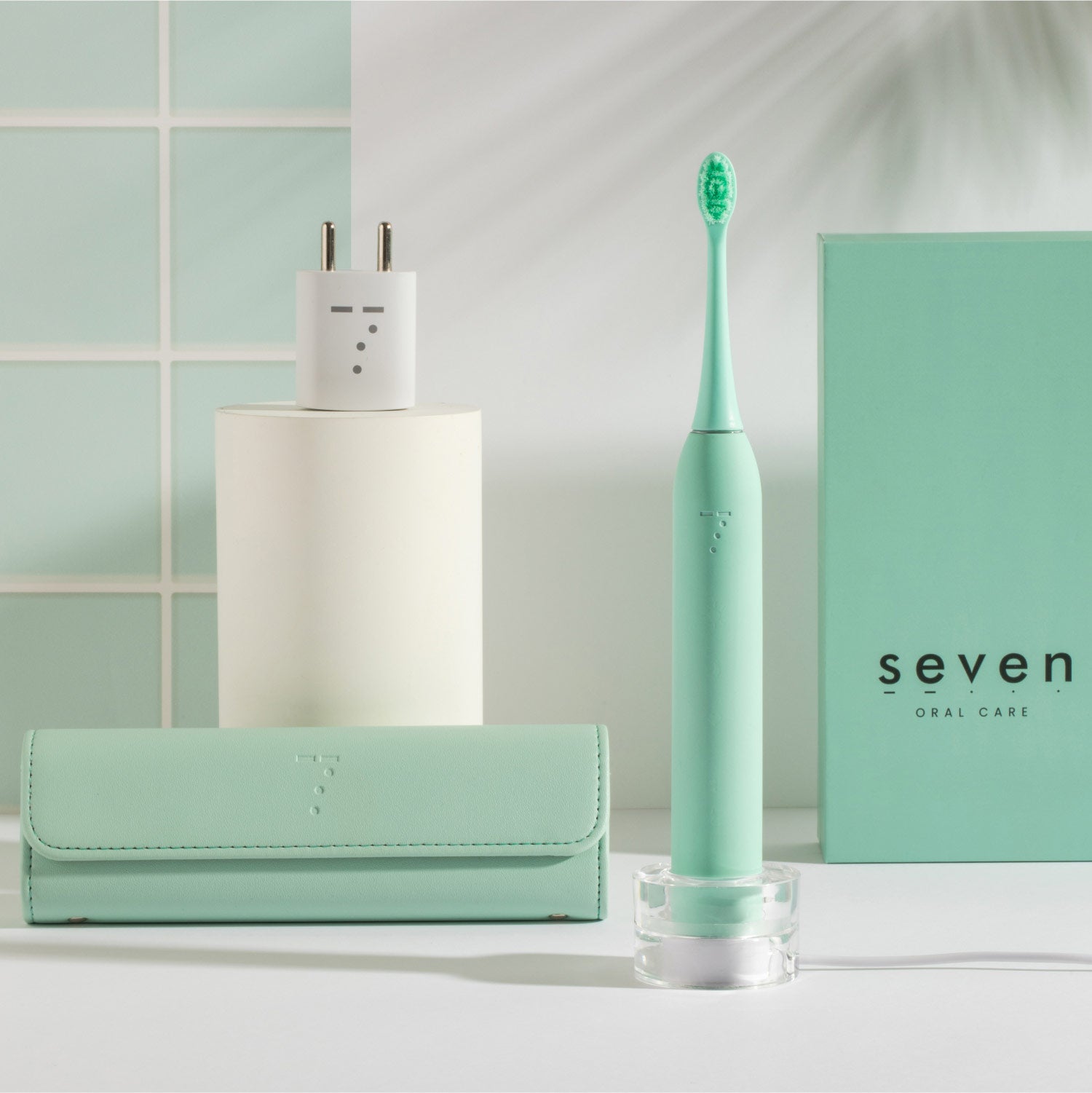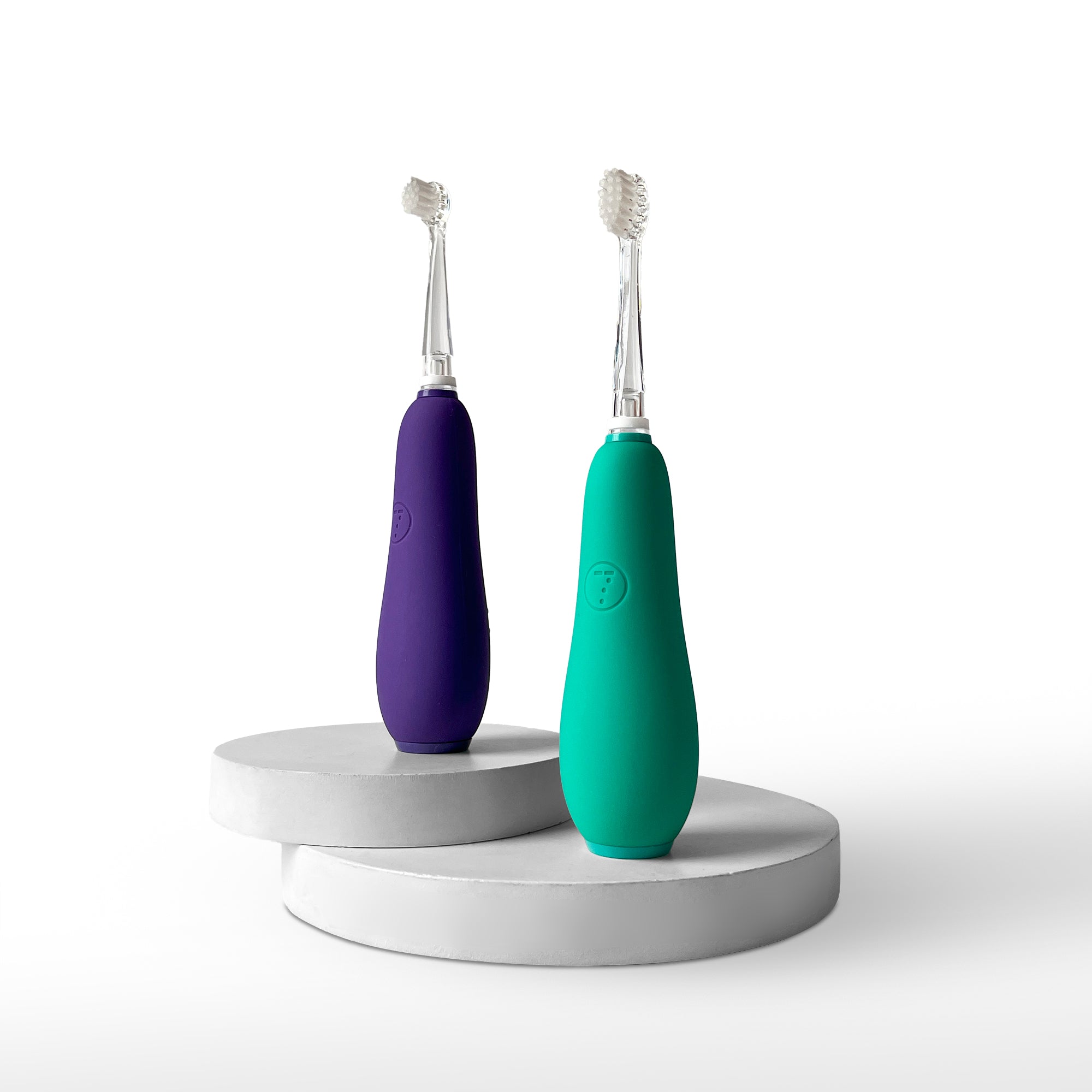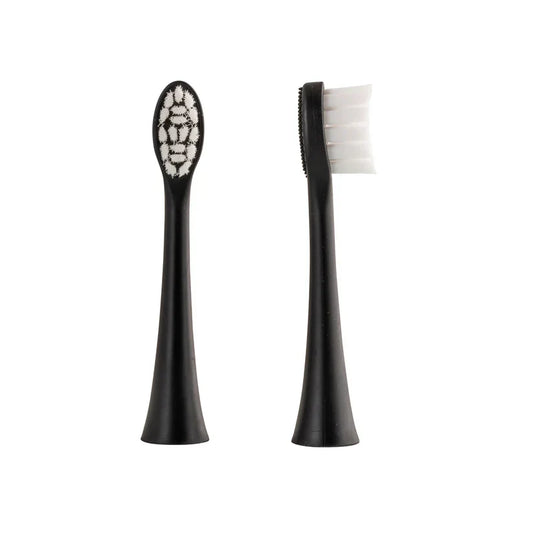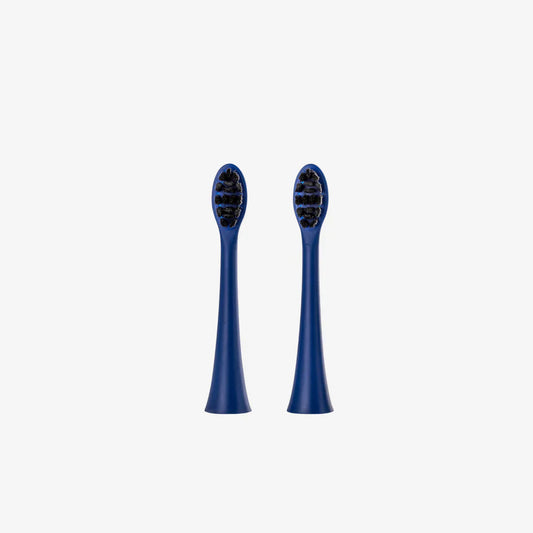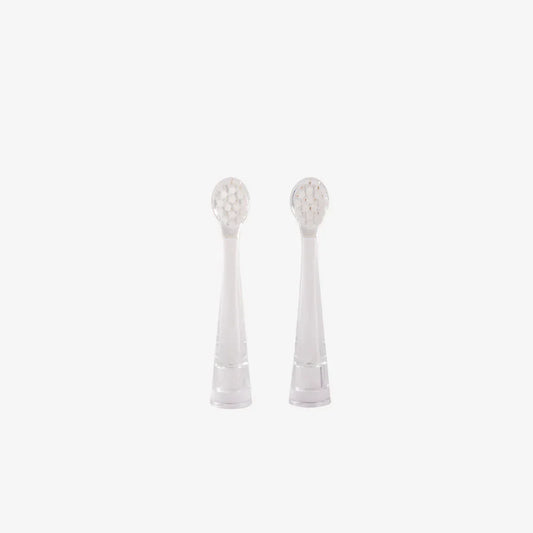Tooth sensitivity is a common dental concern that affects millions worldwide. Whether triggered by hot beverages, cold foods, or even brushing, this sensitivity can cause sharp, sudden pain and discomfort. If you experience this issue regularly, using the best toothbrush for sensitive teeth is crucial for managing your oral health. In this guide, brought to you by sevenoralcare, we explore what features make a toothbrush ideal for sensitive teeth and how to choose the perfect one.
1. Soft Bristles Are a Must
The most important feature of a toothbrush for sensitive teeth is soft bristles. Hard or even medium bristles can wear down enamel and irritate the gums, worsening sensitivity. A toothbrush with ultra-soft bristles gently cleans your teeth without causing abrasion. These bristles are also effective in removing plaque and debris without damaging the enamel.
2. Flexible Brush Head
A flexible or compact brush head allows better access to hard-to-reach areas and provides greater control while brushing. This ensures that sensitive areas, especially around the gum line or molars, are cleaned effectively without adding pressure.
3. Ergonomic Handle for Controlled Pressure
Overbrushing or applying too much pressure is a common cause of sensitivity. An ideal toothbrush for sensitive teeth should come with an ergonomic, non-slip handle that gives you full control over the brushing force. A well-designed handle helps prevent excessive pressure, thereby protecting enamel and reducing gum recession.
Kids SuperBrush
4. Electric vs. Manual Toothbrushes
When it comes to sensitive teeth, both manual and electric toothbrushes can work well—but electric models often have the edge. Electric toothbrushes with pressure sensors and sensitive brushing modes are particularly helpful. These features ensure that brushing is thorough but gentle, adjusting speed and motion to suit delicate teeth and gums.
5. Bristle Material and Design
Modern toothbrushes often use tapered bristles, which are finer at the tips to allow for more precise cleaning along the gumline and between teeth. These are ideal for people with sensitivity because they clean efficiently without harsh scrubbing.
6. ADA Recommendation and Dentist Approval
Always look for toothbrushes that are ADA (American Dental Association) approved or recommended by dentists. This ensures that the product has been tested for safety and effectiveness.
7. Replace Your Brush Regularly
Even the best toothbrush for sensitive teeth needs to be replaced every 3 months—or sooner if the bristles are frayed. Worn bristles lose their effectiveness and can even cause more damage to sensitive gums and enamel.
Final Thoughts
Choosing the right toothbrush is essential for managing tooth sensitivity and maintaining overall oral health. The best toothbrush for sensitive teeth should have soft bristles, a flexible head, ergonomic design, and—ideally—features like pressure sensors and multiple brushing modes. Whether you prefer manual or electric, sevenoralcare offers a complete range of toothbrushes tailored for sensitive teeth and gums.
